SLPs Merging into the Classroom
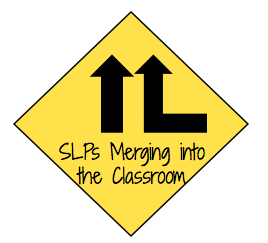
My school district changed its English Language Development (ELD) service model last year. Instead of pull out for services, the teachers were “trained” to provide language services within the classroom. There were 1-2 ELD coaches provided to each building to help the teachers plan their thirty minutes daily of language instruction. Most grades leveled the students and divided them into beginning, intermediate, and advanced English. Then the teachers went at it.
Like anything new, teachers were nervous to teach novel materials and with different methods. However, many ended up doing a great job of providing structured language instruction in spite of the small amount of training they had received.
Initially, I was terrified and upset because I was told that this was “sacred” time that I could not interrupt to pull students. I could not pull for speech therapy instruction in my room, even if I was providing language instruction to English-only speaking students. Since we also cannot pull during 30 minutes of math, 30 minutes of music/PE, or 90 minutes of reading, I became very concerned as to when I could fulfill my IEP minutes and serve my students.
How did I end up fitting into this new model for language instruction?
I merged into the classroom!
My previous efforts to merge into classrooms have always failed because my activities in the classroom did not seem conducive towards working on IEP goals. Or teachers were not strictly following their schedule and the classroom would be mid-choice time when I came into the room. The language block, however, provided a very structured, very scheduled time for me to work with my IEP and intervention students on language goals!
I learned many things this year about merging and here are the best tips I have for you:
Tips for Merging into the Classroom
1. Schedule your time carefully
Always schedule the exact time frame you will be in the classroom with the teachers so that they know when to expect you. Make it predictable (such as every Monday from 9:30-10:00). Make sure that the teachers are already doing a language rich activity during that time. Every. Single. Week.
2. Make your groups an appropriate size
I had the lofty goal of serving ALL of my language students at that grade level (and some of my other students) during the language block. For some grade levels this meant that I was working with three students, which was awesome. For other grade levels, however, I had groups of seven to nine (yes NINE) students crowded around a table in the back of the room trying to lead a small group lesson. This was fruitless and pointless. Some of my nine could barely speak and others were working on higher level vocabluary. Not a good mix. For next year, I am going to divide my students up more carefully and be much more realistic that 3-5 students is the most that can actually benefit from this small group.
3. Do what the rest of the class is doing… with a twist!
I always worked on the vocabulary and grammar that the classroom teacher was working on, but add or subtract as needed. For some of my kids, the language was way too high and I needed to reduce the vocabulary choices to one or two. For other kids, the examples were too easy and we needed to “spice it up”. I also was not afraid to turn monotonous call-response exercises into games by putting “points” on the back of cards or rolling a dice for points between turns.
I also found that to keep my kids engaged I needed to reinforce constantly. I used “participation points” for each time that the students attempted a question or answer. At the end of the 30 minutes I would give out positive reinforcement coupons (we call ours “vouchers” and they can be traded in at the school store) dependent on the number of points that they received. Note that this is not the same as the reinforcement system I have used within the speech room (a post for a later time).
4. Bring appropriate materials
I put together a bag of materials for merge. In in the bag were a box of markers, scratch paper, and lots and lots of post-its (I used these for everything!). I also had a notebook for each grade level in which to write the sentence frame, vocabulary, or other information. When I was really on fire, I also brought my iPad. This usually was a great resource for looking up vocabulary that students did not understand (yeah google images!) and providing general reinforcement.
Merging is not without difficulties, but I found that I LOVED being involved in the regular education of my students and could use the vocabulary and grammar from that time in our small group sessions as well!
Click here to get the freebie I created from what I learned in the ELD merge!
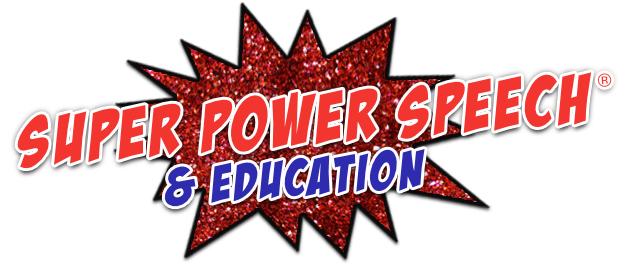
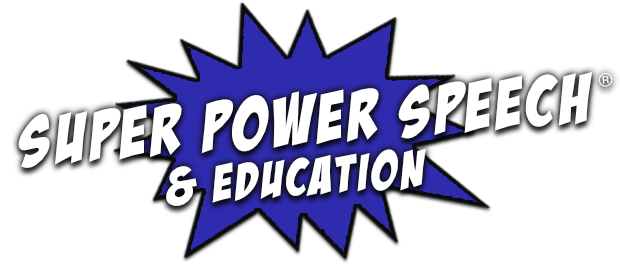
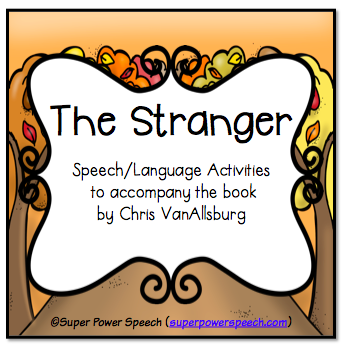


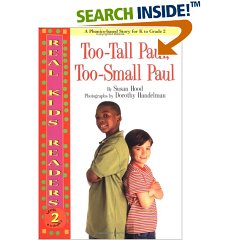
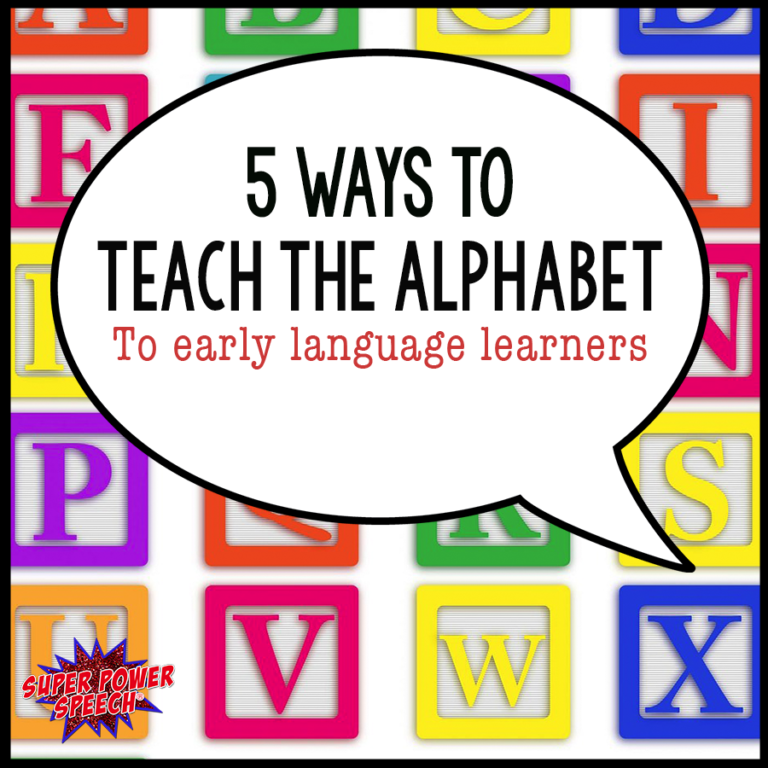
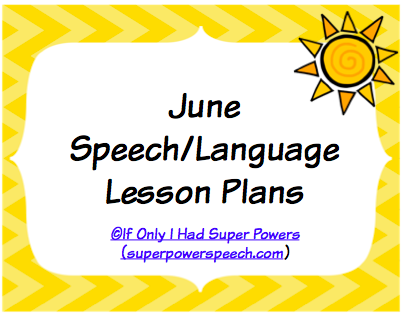
Great info! Thanks for sharing.
I would love to do more inclusion with my elementary school kids. How did you go about finding out what the kids were doing in class, what vocabulary was being taught, etc? I often find that all of the teachers at one grade level (4 to 5 teachers per grade level) are not necessarily at the same point in the curriculum from week to week.
@Amidel, it worked out for me because I knew exactly when the scheduled language blocks were each day and so that is when I would come in. Although I could have been proactive and found out what vocabulary was going to be addressed in class, I never did. I brought in lots of post-its and got really good at “winging it”!
These are great ideas! I’m saving this page so I can read again & think about how I can do something like this for my kiddos! 🙂